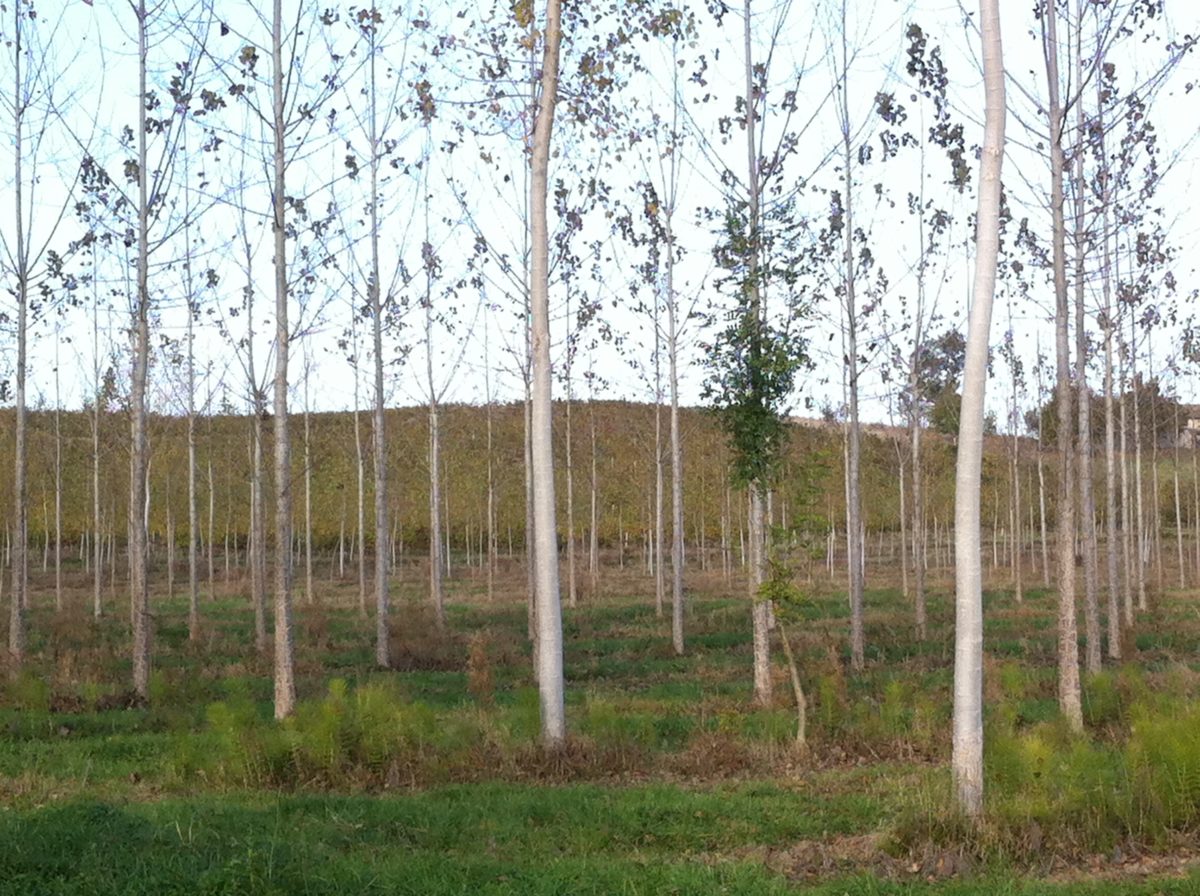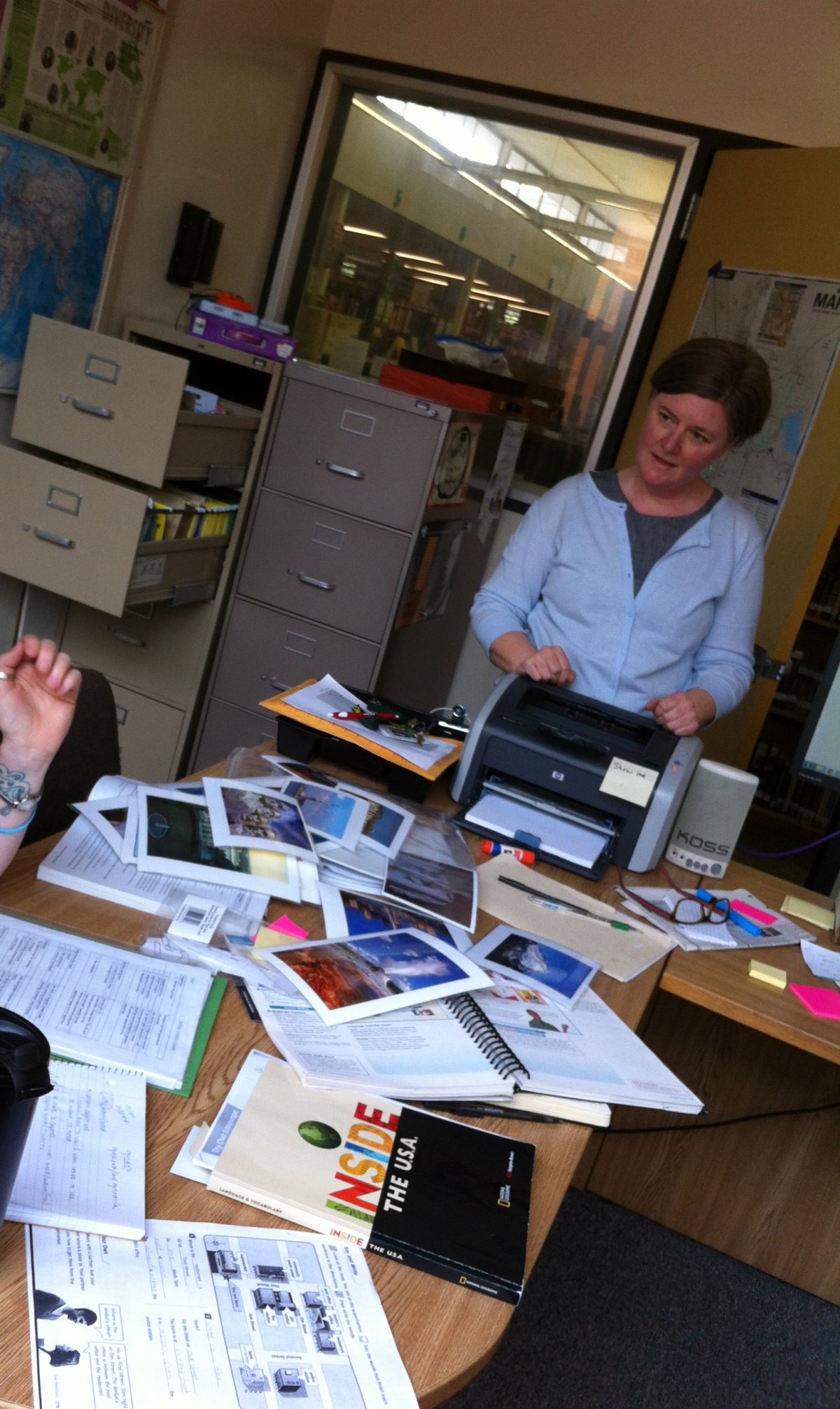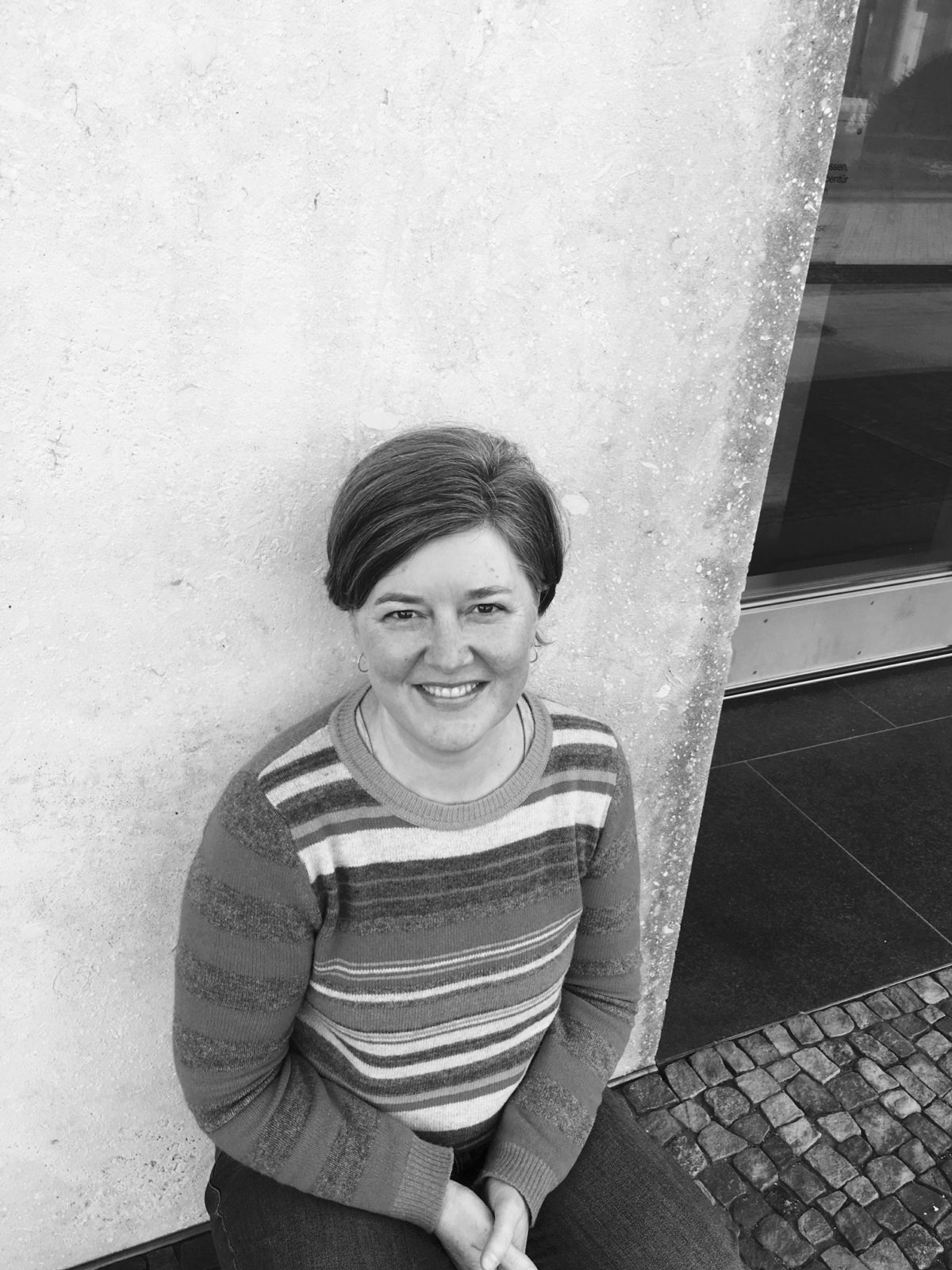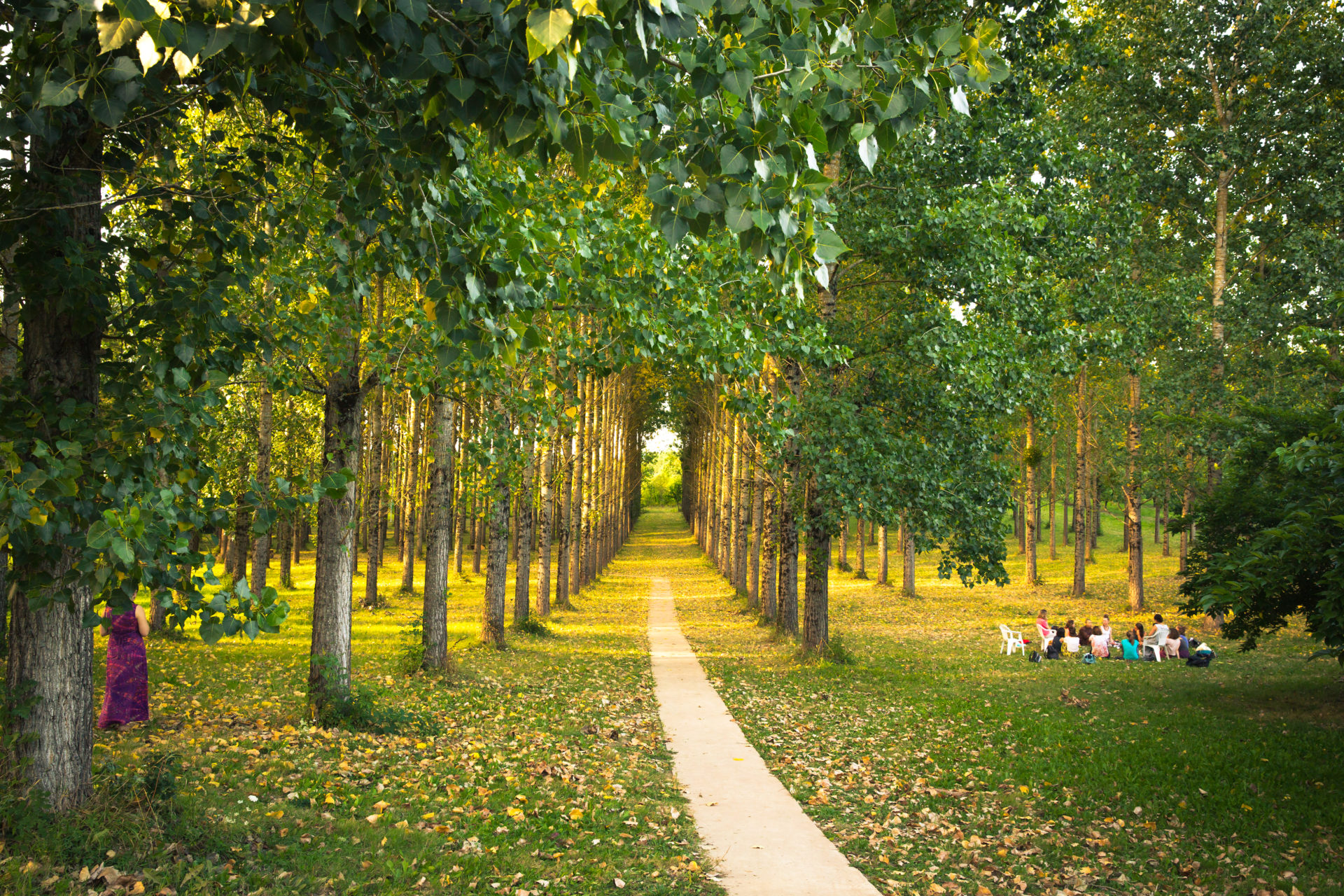Practice, Service, CommunityThe Three Trainings of Wake Up Schools
By Jennifer Wood

I was a new practitioner and wanted to learn how to maintain a consistent personal practice. I thought I wanted to continue serving students, families, and schools, but questioned whether I could handle the demands of teaching long-term. In October 2014, I traveled to Plum Village for the first time for an educators’ retreat.
Practice, Service, CommunityThe Three Trainings of Wake Up Schools
By Jennifer Wood

I was a new practitioner and wanted to learn how to maintain a consistent personal practice. I thought I wanted to continue serving students, families, and schools, but questioned whether I could handle the demands of teaching long-term. In October 2014, I traveled to Plum Village for the first time for an educators’ retreat. I considered the concepts of practice, service, and community. What did they mean to me? I liked the word practice; it reminded me that I did not need to be perfect. Service simply meant: how can I best serve students, families, and schools? Community was school community. By the end of the week, I left feeling more hopeful about teaching and with a deeper understanding of community—a Sangha that could support my practice and service in education.
I was in a challenging place in my life when I arrived at New Hamlet. After seven years of teaching, it was the first fall where I did not go back to school. In fact, I had recently resigned from my position as classroom teacher at an international school in Germany. The previous school year was the most complex of my career. I had been diagnosed with tinnitus (1), which woke me up to my body’s need for care and attention. I also experienced the pulsating vibrations—high-pitched, almost electronic beeps—and the sensation of fluid in my ears, like after swimming. When I tipped my head from side to side to gently knock out the liquid, there was nothing there. The specialist said I was lucky that my hearing was not permanently damaged.
That year was also extremely difficult professionally. A teacher on my team had turned himself in to the police at the beginning of the school year for having sexually abused a student at our school. I was not prepared to handle such situation. Colleagues and administrators were also not prepared. When external experts came to help students process, they said that my teaching team showed signs of post-traumatic stress. The legal process resulted in the teacher being found guilty of fifty-five cases of abuse.
Because of the tinnitus, I was given the option to take medical leave in spring 2014. The doctors suggested a residential clinic, common in Germany, for rigorous treatment to address burn-out symptoms and exhaustion. I had great difficulty focusing on planning lessons, marking papers, engaging in conversations, and reading. I had very little patience with students and colleagues. Teaching in a lively primary school of six hundred children lost its joy. Noises that once made me laugh and smile—for example, happy kids on the playground at break—now irritated me. Quality sleep and relaxation outside of school did not come easy, though I tried to take care of myself through exercise, nutrition, rest, and friends. It was an intense time. I had little control over my body. I could not just snap out of it even though I willed myself to. Emotionally, I felt drained.
I surrendered and followed medical advice. I did not finish the school year (an option I did not know was even possible!) and instead went to the clinic. I was happy to learn about their offering of guided meditation. My meditation practice was not consistent then, and I knew it could help. It also reminded me that I always wanted to go to Plum Village, which led me to the educators’ retreat.
HOW DID MY EDUCATOR'S RETREAT INFORM MY WORK AND PRACTICE?
At the most basic level, the compassion I felt in my body and heart at the retreat reinforced my need to develop my own practice, and supported my decision to take a break from teaching. I recently found my certificate of completion, and this reminded me of the three trainings we focused on that week: practice, service, and community.
The first lesson I learned was that I was not alone! I realized this as I listened carefully through headphones to the English translation of French-speaking teachers. Some taught in tough urban spaces and some in country schools. They had all traveled to Plum Village, seeking nourishment, space, and answers, just like me. There was so much suffering in schools, and I was not crazy.
I also learned that it was serious what had happened with the tinnitus and the abuse. This was my mud! I could recognize my suffering, acknowledge it, and sit with it. I felt tiny, beautiful sparks of self-compassion when we shared with the monastics and rested on mats during deep relaxation as Sister Chan Khong sang to us. It was such a relief to let go of tension in the body. I could water these seeds myself like Thay told the children about watering the seeds of corn. I had not failed. I was not weak. I did not have to quit my commitment to education. But I needed to learn self-care and practice, and to keep my oxygen mask on in order to serve. I could transform and heal, and I wanted to! The monastics and lay friends helped me see that.

We did walking meditation with several hundred people one afternoon, and we literally waded through a thick layer of fallen leaves. At the clinic I learned to seek pleasant sounds to soothe my ears, such as the soft roar of our mindful walk through the leaves on the dark, moist earth with the monastics. When we stopped to sit, the quiet wood and the cool, fragrant air were bliss. Thay said to get in touch with the wonders of life to nourish and heal us, and this was a huge aha moment for me.
Finally, I learned in Plum Village that I can heal my biological family and that we can begin again. I recognized and acknowledged my, and my family’s, suffering. After more than ten years of living abroad, I returned to the Pacific Northwest in the United States where I grew up. I stayed two-and-a-half years and engaged with my family in daily life. I met them again; we talked about where they were and where I was, and I practiced being present. I also returned to teaching in the public schools, found a Sangha, and continued practicing. I worked with a therapist, and we focused on cultivating more integration and less separation with my family.
Last summer, as I read Happy Teachers Change the World: A Guide for Cultivating Mindfulness in Education, the practices and testimonials on each page rang true. Creating a personal mindfulness practice is possible. Integrating mindfulness and teaching promotes connection with students, families, colleagues, and myself. Now, I water the seeds of practice, service, and community consciously when I sit, walk, eat, listen, talk, and relax. We need the mud to grow the lotus, and we need nourished, happy educators. Of all the ways I once tried to take care of myself, I know now that the practice is what helps me the most.
1 Tinnitus is categorized as a stress-related, psychosomatic condition in Germany and is taken seriously. Many teachers suffer from tinnitus, which is often described as a ringing in the ears or a sound of wind that comes from deep inside the ears. This condition never goes away, but it can be managed mainly through stress reduction.

Jennifer Wood, Peaceful Path of the Heart, attended her first retreat in 2014 at the EIAB where she received the Five Mindfulness Trainings. After ten years of teaching in Africa, Germany, and the United States, she trains teachers in mindfulness practices to cultivate awareness and resilience (CARE), find more joy in teaching, and reduce stress. For more information about CARE training, visit the website at visitor-parking.com/educators.

